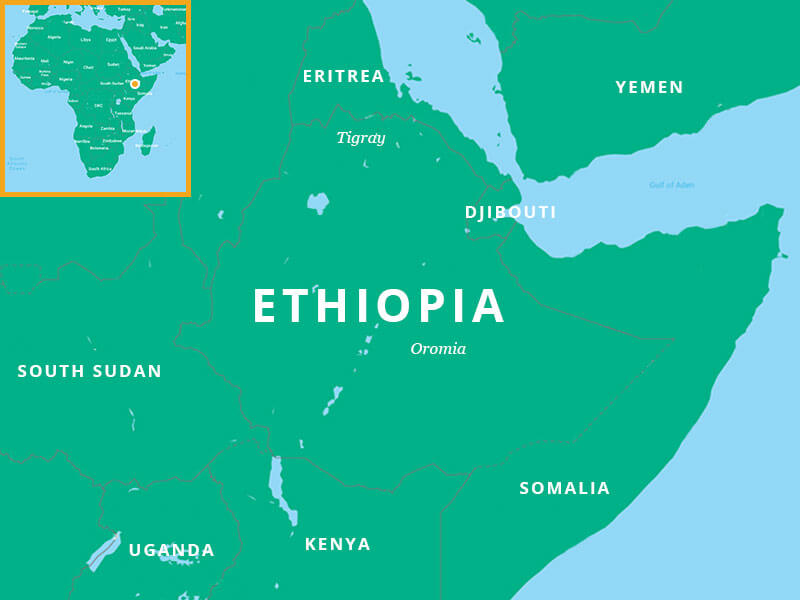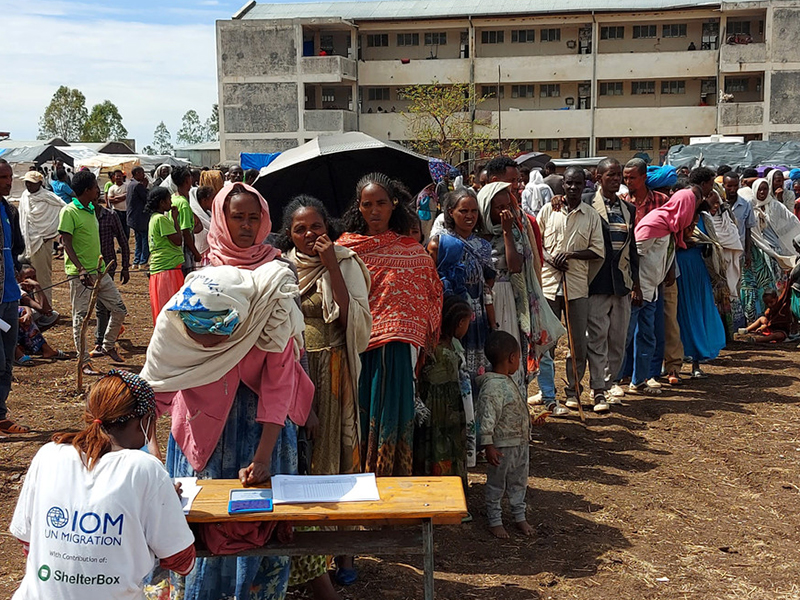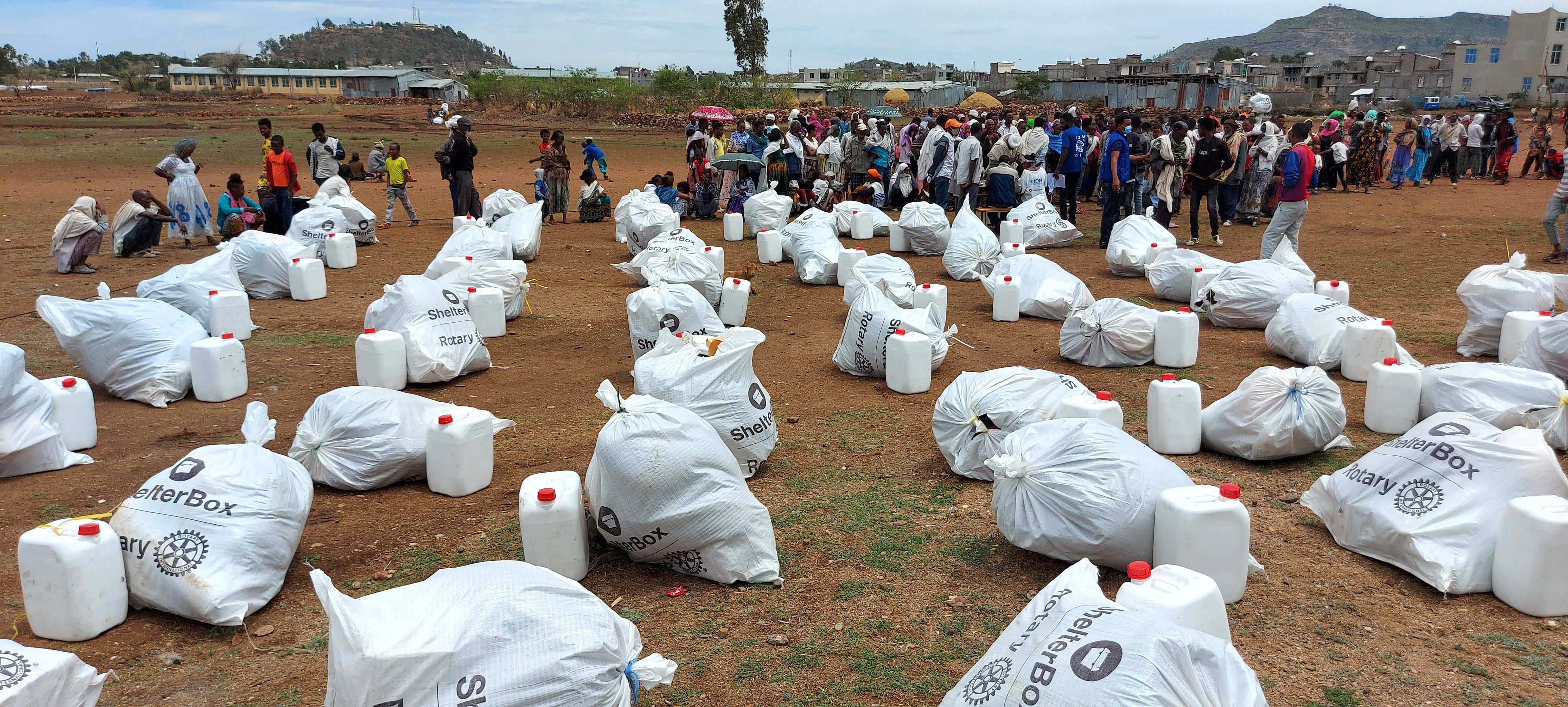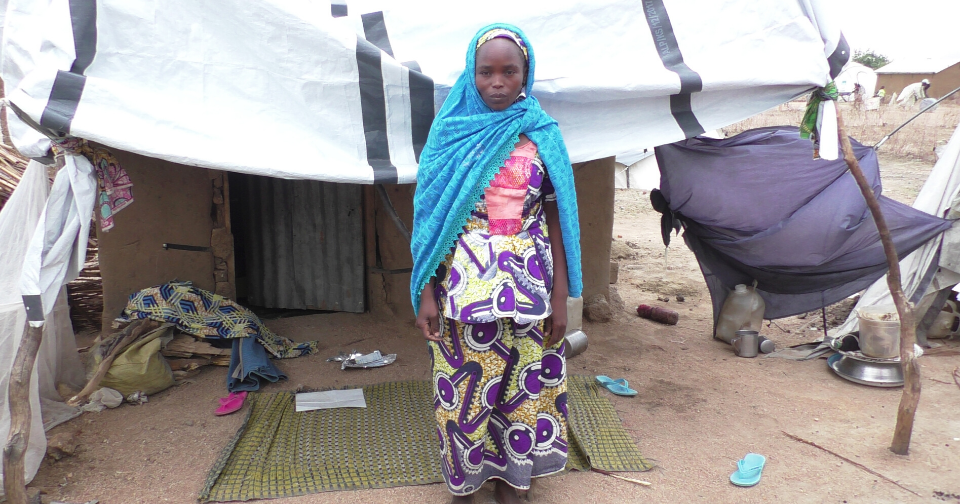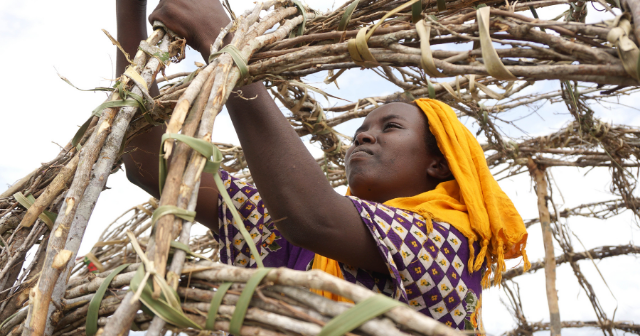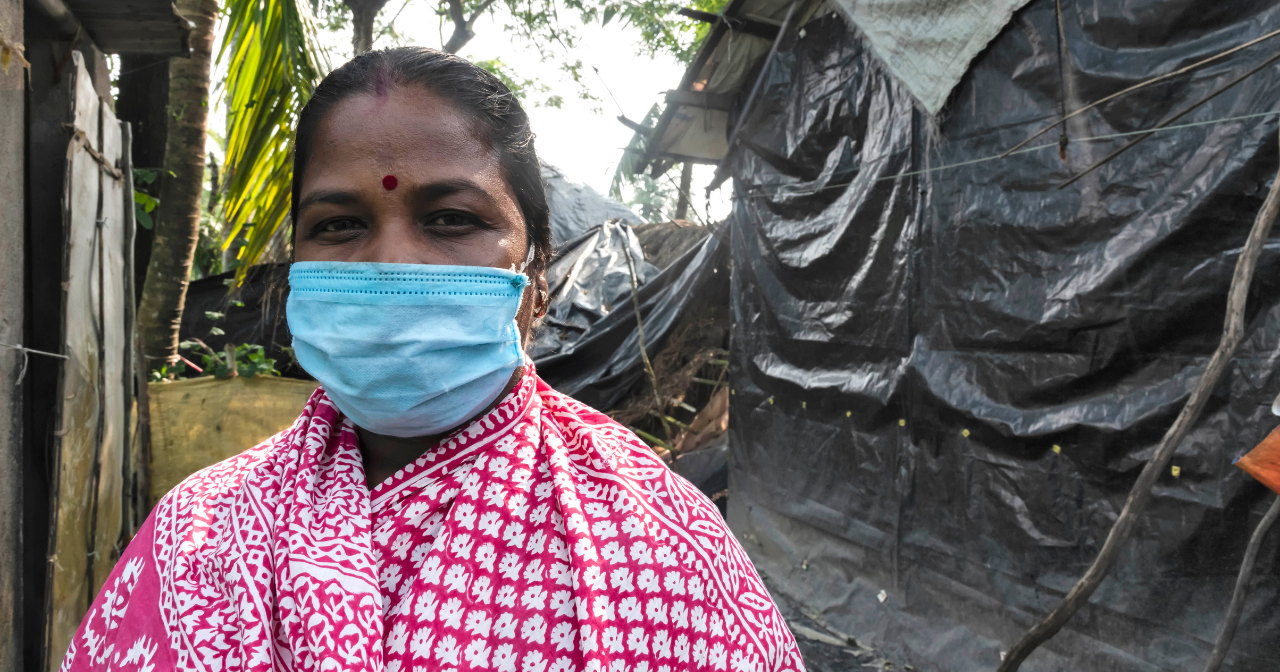Escaping Boko Haram Violence: Fatima’s Story
Born in Nigeria, 37-year-old Fatima now lives in Minawao camp with her two young children Aisha and Burka. She shares her new home with thousands of families who, like her, fled to Cameroon to escape violent attacks by the extremist group Boko Haram.


